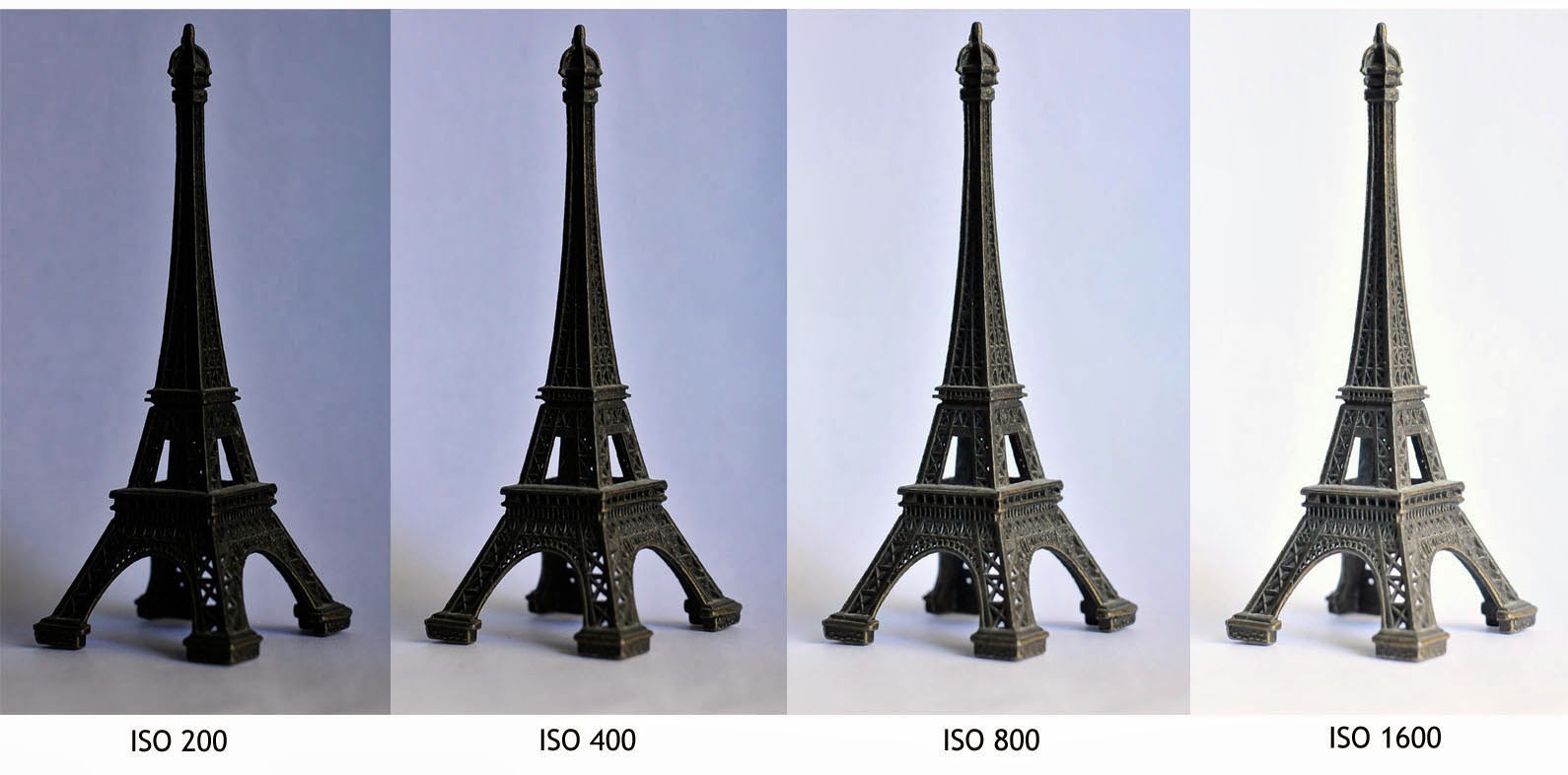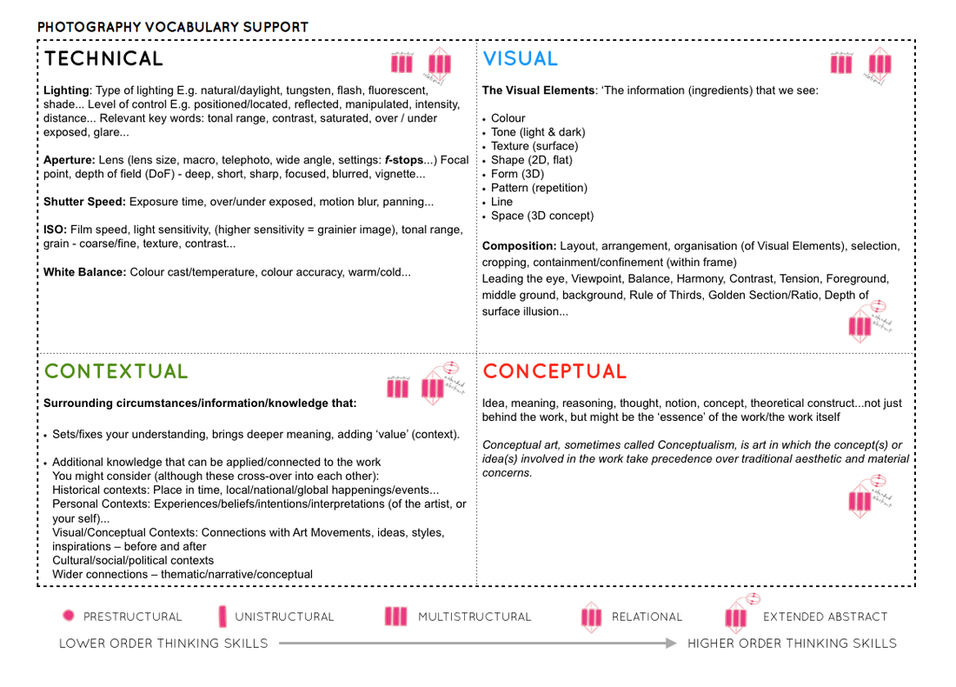For this project I will be exploring the different ways I can capture varying textures and colour schemes in an expressionistic consuetude. I will also be focusing on using ISO and white balance in an unconventional and creative manner.

Luigi Ghirri
Luigi was an Italian photographer born 1943. He was a pioneer in his field and he focused on the contrast between fiction and reality.

He creates minimalist compositions which focus on a consistent colour temperature and texture. The unique attitude in his work consists of very interesting textures created by a flat contrast. He experiments with the light sensitivity of his film which creates a fine grain on his images which also adds to the unique unprecedented texture of his compositions. He shoots untarnished, condensed backgrounds to accentuate the surface texture of the image. The flat contrast adds a faded look to his images.

In the above image we can see Luigi also experiments with reflective surfaces to further the idea of the unprecedented surface texture present in his images. In the above image Luigi uses a specific white balance to create a cold colour temperature in the image. This temperature, combined with the puddle which is associated with rain, gives the image a bleak feeling. He also uses a flat contrast to add a faded look and texture to the image. He uses the puddle to create depth in his image and add a unique perspective to how we view the world and its textures. He also experiments with ISO to great a grain in the image to again boost the idea of unconventional surface textures. He uses natural lighting which is not too harsh to maintain the flat contrast in his works.
Aaron Siskind and the Boyle Family
Aaron Siskind was an American photographer born 1903. Looking at Aarons work in the context of Texture and colour, his pieces relate very well. He creates compositions that focus on the detail of things and he brings their texture into light. and creating

The Boyle family is a group of collaborative artists based in London who where popular in the 60s for their minimalistic macro photography. They created work with the focus point of flat surface texture based images.


Photo Shoot Plan
Shoot puddles, road imperfections/markings and minimal style objects around my countryside neighbourhood and in urban built-up areas. Use ISO in a creative way – use extremely high ISO to give my images grainy texture. Use white-balance creatively – give the images gloomy cold tonal temperature. Focus on surface texture.
Contact Sheets



My Compositions Focused on Surface Texture and Flat Tonal Range/Colour Schemes















Taking inspiration from Luigi, when shooting my images I focused on using ISO in an unconventional way to create a grainy surface texture. I also used white balance to create a flat colour contrast.
I also took inspiration from my second reference and created detailed compositions highlighting texture in our world and creating a sense that one could rub their hand over my images and feel the road imperfections.


























